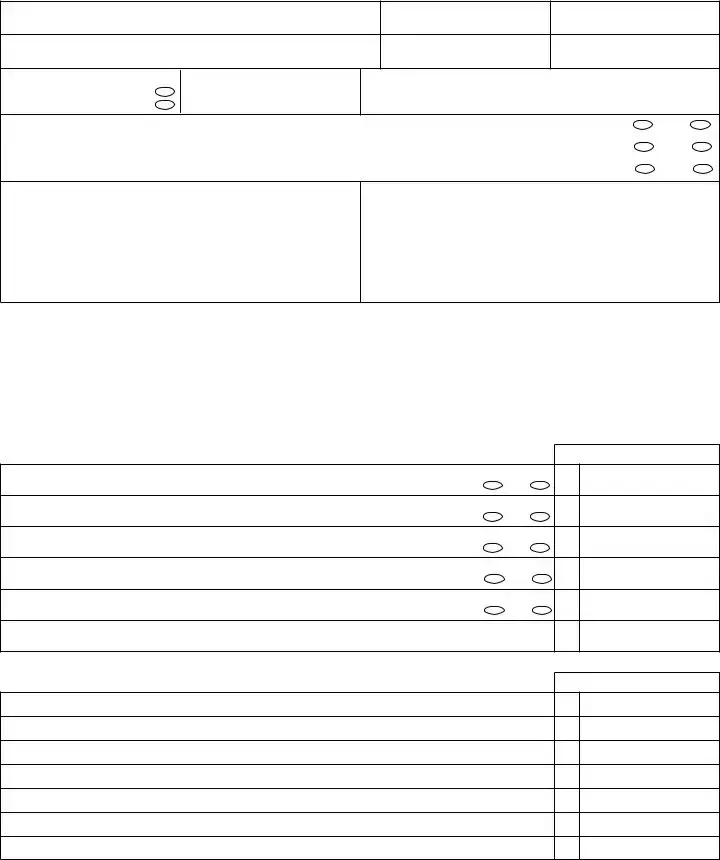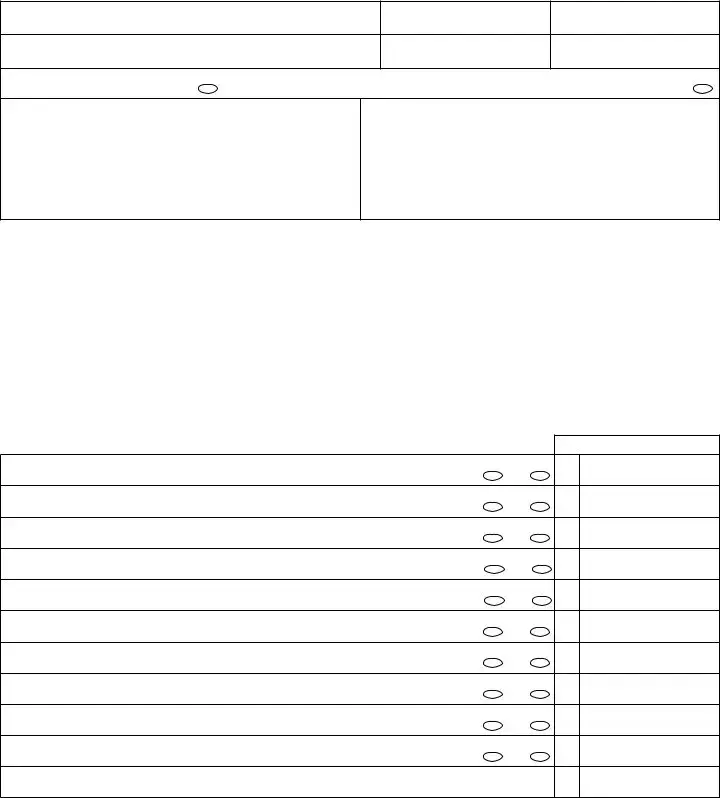Who needs to file West Virginia Estate Appraisement and Nonprobate Inventory Forms?
When a person dies, an estate is created which includes property the decedent owned. The law requires that an administrator or executor, known as a fiduciary, files the Appraisement and Nonprobate Inventory Forms within 90 days of qualification to administer the estate by paying the decedent’s debts and distributing the remaining property.
What is the deadline for filing these forms?
The fiduciary must file the Appraisement and Nonprobate Inventory Forms within 90 days of qualification. This is a critical step in the process of administering the estate and ensuring all legal obligations are met.
Is there a requirement for a Federal Estate Tax Return for the estate?
The need to file a Federal Estate Tax Return (Form 706) depends on the gross estate value at the time of death. For 2004 to 2005, estates over $1,500,000 must file, with this threshold increasing in subsequent years up to $5,340,000 for deaths in 2014. It’s important to verify the current exemption equivalent as they are subject to change.
How is real estate included in these forms?
Real estate is considered either probate or nonprobate. Probate real estate must be listed on the Appraisement Form (ET 6.01), while nonprobate real estate is detailed on the Nonprobate Inventory Form (ET 6.02). Nonprobate real estate includes property not passed by will or intestacy laws, such as jointly held property or that held in a trust.
What about nonprobate personal property?
Nonprobate personal property includes items like personal property held as joint tenants with rights of survivorship, life insurance payable to named beneficiaries, assets in trust, and more. This property must be listed on the Nonprobate Inventory Form (ET 6.02) and appraised at its fair market value as of the decedent’s date of death.
Who can serve as an estate’s fiduciary?
Any interested person may administer the estate, but preference is given to the decedent's spouse, then other distributees (those entitled to share in the estate). If no distributee applies within 30 days after the death, creditors or any other person may be appointed. If a will specifies an executor, that individual has the right to serve.
What happens if an estate does not require the filing of an Appraisement and Nonprobate Inventory?
Even if it seems an estate may not require these filings, it’s imperative to consult with the clerk of the county commission or seek legal advice. Certain small estates or those passing entirely through nonprobate means may have different requirements, but verification is key to ensure compliance with West Virginia law.
Can the Fiduciary Commissioner or Fiduciary Supervisor assist in preparing tax returns or reports for the estate?
No, the Fidiciary Commissioner or Fiduciary Supervisor cannot assist in the preparation of a tax return or any other report concerning the estate that they will eventually review or judge. This prohibition extends to practicing law related to an estate under their jurisdiction, following West Virginia Code.





 Attorney
Attorney 




 Attorney
Attorney 